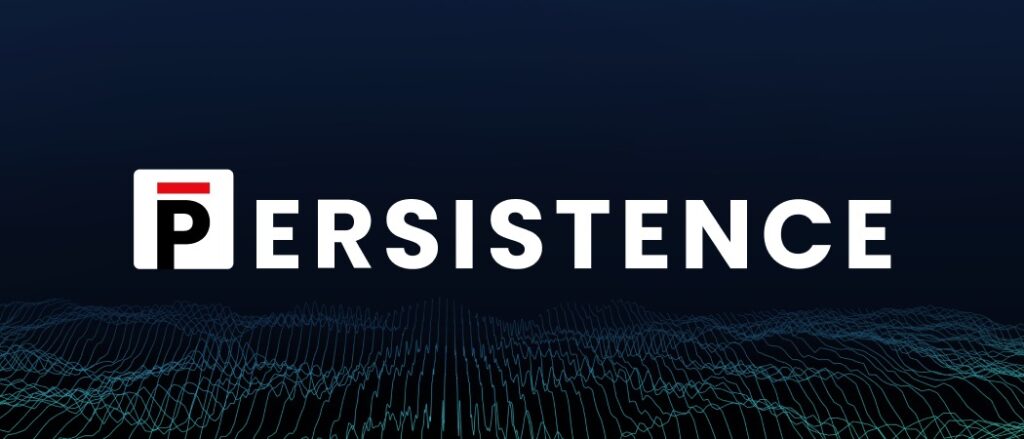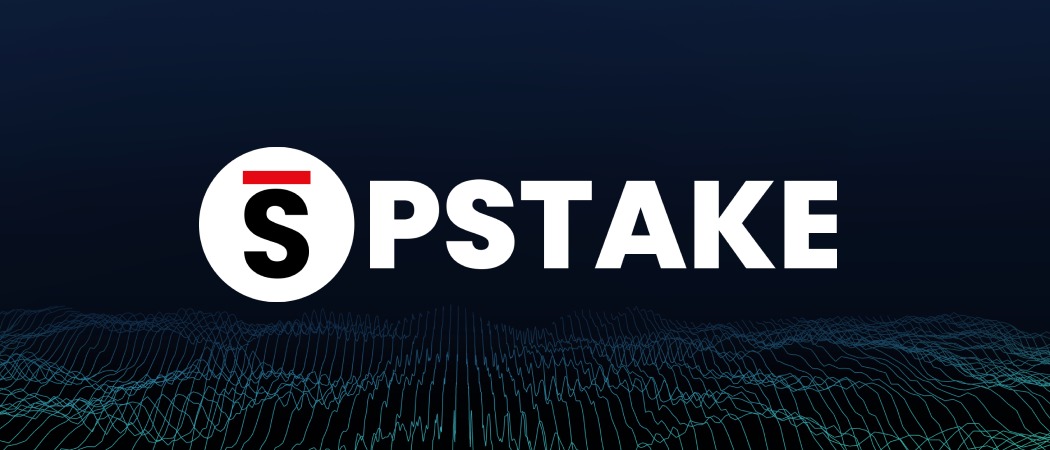Crypto staking is a process whereby users can earn rewards for holding digital assets in a wallet for a set period of time. The thumb rule here is the longer the assets are held, the greater the rewards.
Crypto staking has become popular in recent years as a way to earn passive income from digital assets. And there are several reasons behind it. Firstly, it is a relatively low-risk way to earn rewards, as there is no need to actively trade or invest in assets. Secondly, it can be a very lucrative form of passive income, with some assets offering double-digit yields.
However, crypto staking carries the risk of your locked assets losing value, which would obviously result in a loss for the staker. But most importantly, it involves tying up a significant amount of funds that could otherwise be used for other purposes, so there is the potential to miss out on opportunities. This is where liquid staking comes into the picture.
Introduction to Liquid Staking

Liquid staking is a new way of earning rewards that is becoming increasingly popular among cryptocurrency investors. It is a great way to earn rewards on your investment without having to lock up your tokens for a set period or worrying about losing access to them.
What makes liquid staking special is that users don’t have to go through a lengthy unstaking period that could last 2 – 4 weeks and even longer in some cases. As such, this way of staking allows investors to free up capital that would otherwise be tied up in non-liquid staking.
Moreover, because you don’t have to lock your PoS assets up for a long time, you get instant access to liquidity and yield-earning opportunities through DeFi lending strategies.
Finally, liquid staking is a relatively simple process that anyone can do with a digital wallet.
What is Persistence?

Today, the next-generation blockchains use the energy-efficient consensus algorithm known as Proof-of-Stake (PoS), which requires users to stake their tokens on the network, locking them down for validators to use for transaction validation and to keep the network secure. In exchange for this, stakers receive rewards, usually in the form of native assets.
As more projects have launched or migrated towards a PoS model, a new category of protocols has emerged that focuses on offering liquid staking options, which allows token holders to access the value held within their staked tokens while earning the return for locking up their assets on the network.
The team behind Persistence is building this next-gen solution for staking. Through its vast ecosystem, Persistence aims to provide an end-to-end management journey for crypto stakers.
This ecosystem is powered by XPRT token, which accrues value from the economic activity within the applications through multiple channels like transaction fees, fee sharing with ecosystem dApps, IBC hub-routing, etc.
In Q1 2021, Persistence Core-1 mainnet went live, a year after the original team first started building out the project. And by the end of the last year, the project had secured $10 million in funding from leading global investors to drive innovation around staking and become a liquid staking hub for the rapidly growing PoS ecosystem.
The project has gained the support of firms like Sequoia, Tendermint, Kraken Ventures, Coinbase, Galaxy Digital, DeFiance Capital, Sino Global Capital, and Spartan Capital to achieve its ambitious goals.
pSTAKE: A Liquid Staking Protocol Built on Persistence

With Persistence offering a Tendermint-based specialised Layer-1 for liquid staked assets, a team of developers is leveraging its decentralisation, stability, and security to build a dApp called pSTAKE Finance.
pSTAKE’s launch on the Persistence Core-1 chain allows liquid-staked assets to be natively issued in the Persistence ecosystem.
This multi-chain liquid staking protocol enables users to stake their PoS assets, such as ATOM and XPRT, and in exchange, issue liquid-staked representative tokens like stkATOM and stkXPRT. These stkASSETs can then be utilised in multiple DeFi applications, as such unlocking the liquidity of users’ staked assets and maximising their capital efficiency.
By staking assets on pSTAKE, users can earn rewards while remaining fully in control of their funds. With pSTAKE, users can finally take advantage of their staked assets without worrying about losing them. Additionally, staked assets can be used to collateralise loans and earn interest on deposited funds.
pSTAKE basically sits as an assets issuance layer on the Persistence Core chain. It has been a highly successful platform, with numerous users and applications taking advantage of its unique features.
The protocol has added support for several major blockchains and partnered with Binance Labs to launch liquid staking for BNBChain, with stkBNB being the most integrated liquid-staked asset in the BNB ecosystem.
As one of the many components of the Persistence ecosystem, pSTAKE aims to make liquid staked stkASSETs the default assets of the staking economy.
What Makes pSTAKE Different?

The new-gen product for liquid staking called pSTAKE unlocks liquidity for your staked crypto assets. This solution allows stakers of PoS assets to stake their tokens while maintaining the liquidity of these tokens.
So, with the pSTAKE protocol, you can safely stake your PoS assets, engage with protocol improvements and security to receive stake rewards, and earn the tokens staked at a base level (stkASSETs) that you can use to explore additional yield opportunities throughout DeFi.
You can then use those derivative tokens to participate in other activities on Ethereum and thereby earn yet another source of profits. When you contribute your own original assets to a project, you receive stkASSET in exchange, so take your share in the protocol that is supported to make even more profits while reaping stkASSET rewards.
For instance: by placing their BNBs into pSTAKE, users get tokens representing STKBNB, which can be used on the DeFi products of the BNB Chain, and pursuing new opportunities for higher returns through the pStakes integrations with popular applications and protocols of the network.
What makes pSTAKE stand in the liquid staking market is the ability to maintain liquidity of otherwise locked PoS assets when you stake via stkAssets. This means there is no more unstaking and unbonding process involved. You can directly swap your PoS asset with stkAsset from a liquidity pool.
The platform maximizes your capital efficiency by allowing you to earn the highest yields with staking rewards & various stkAsset DeFi opportunities, all while securing the underlying PoS chain.
On top of that, pSTAKE’s validator scoring mechanism ensures its liquid staking ecosystem consists of top-performing validators across supported networks.
The ease of using a platform is the biggest factor in its adoption, and Persistence ensures it with three simple steps:
- Select a non-zero amount of tokens to stake through pSTAKE’s validator set to earn staking rewards.
- Receive a stkASSET token in exchange which increases in value relative to your staked amount each epoch from staking rewards.
- Put your stkASSET to work with various opportunities in the DeFi tab on pSTAKE’s application.
Supported Chains

Liquid staking on Persistence comes with the ability to generate high yields with auto-compounding staking rewards and participate in multiple DeFi opportunities with your staked crypto assets.
Other benefits come in the form of smooth and seamless liquid staking with minimal fees, fast transactions, high rewards, and IBC interoperability, along with protocol security through security audits, bug-bounty programs, and on-chain monitoring measures.
So, for those looking for high yields, enhanced user experience, and strong security, Persistence currently supports popular coins like Ethereum, BNB, Cosmos (ERC20), and Persistence (ERC20), with support for Avalanche and Solana coming soon.
The highest returns are currently available on ERC20 tokens of Persistence itself at 24.63%, followed by the ERC20 token of ATOM, the native coin of Cosmos, at 13.50%.
BNB is the native token of the leading cryptocurrency exchange Binance, which is used to pay transaction fees, gas fees, and other fees on the Binance Chain. On the Persistence platform, you can stake your BNB token and earn a 5.2% yield while still being able to use it in the vast DeFi ecosystem.
The same goes for the second largest cryptocurrency, ETH, where you earn slightly fewer returns than your BNB assets at 4.05%. But what’s critical is the ability to enjoy the best of both worlds – earn staking rewards while securing the Ethereum network and participate in DeFi for additional yields.
Conclusion
Overall, liquid staking is a great way to earn interest on your cryptocurrency without having to lock it up for an extended period of time. It also allows you to easily trade your cryptocurrency without worrying about losing your stake.
Here, the Liquid Staking program on Persistence offers a simple and easy way to get involved and earn rewards for participating in the network. The project is building an economy around Proof-of-Stake (PoS) assets, and its ecosystem applications are bridging Staking and DeFi through stkASSETs.
The Persistence team aims to make stkASSETs the core assets of the PoS economy. They envision projects like DEXs supporting yield-bearing stkASSETs, auto-repaying loans against stkASSETs, stkASSET indexes, yield optimization and insurance products centering around the stkASSETs, and more to be built in the Persistence ecosystem.









